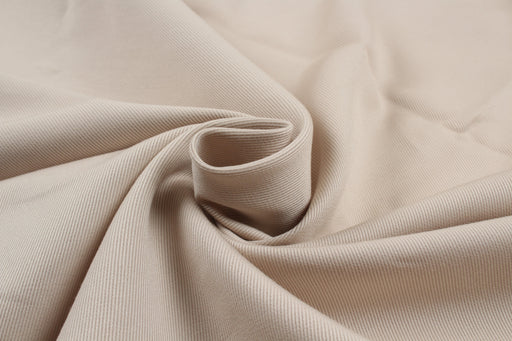Viscose vs. Modal: Unveiling the Superiority in Textile Industry
2 min read
In the textile industry, the choice of fabric is crucial for manufacturers, designers, and consumers alike. Two popular options that often come into consideration are viscose and modal. Both fabrics are derived from natural materials and offer unique characteristics. This article aims to delve into the intricacies of viscose and modal, comparing their properties, production processes, and environmental impact. By the end, you will have a comprehensive understanding of which fabric reigns supreme in the textile world.
- Understanding Viscose:
Viscose, also known as rayon, is a versatile fabric made from cellulose fibers extracted from wood pulp. It is renowned for its softness, breathability, and excellent draping qualities. Viscose fabrics are widely used in clothing, home textiles, and industrial applications. The production process involves dissolving the cellulose, extruding it into fibers, and then chemically treating and spinning them into yarns. - Exploring Modal:
Modal is another type of rayon fabric that has gained popularity in recent years. It is made from beech tree pulp, which undergoes a similar process to produce viscose. However, modal stands out due to its enhanced strength, durability, and color retention. Modal fabrics are known for their luxurious feel, excellent moisture absorption, and resistance to shrinkage. These qualities make modal a preferred choice for activewear, underwear, and bedding. - Comparing Properties:
When it comes to comparing viscose and modal, several factors come into play:
- Softness and Comfort: Both fabrics offer exceptional softness, but modal tends to be slightly softer and silkier to the touch.
- Breathability: Viscose and modal are highly breathable, allowing air circulation and moisture absorption, keeping the wearer cool and comfortable.
- Strength and Durability: Modal surpasses viscose in terms of strength and durability, making it less prone to pilling and tearing.
- Color Retention: Modal retains colors better than viscose, ensuring long-lasting vibrancy and reducing fading over time.
- Shrinkage: Viscose has a higher tendency to shrink, while modal maintains its shape and size even after multiple washes.
- Environmental Considerations:
In today's eco-conscious world, understanding the environmental impact of fabrics is crucial. Both viscose and modal are derived from renewable resources, making them more sustainable than synthetic alternatives. However, the production of viscose involves the use of chemicals, such as carbon disulfide, which can be harmful to workers and the environment. On the other hand, modal production utilizes an eco-friendly closed-loop process, where the chemicals are recycled, minimizing waste and pollution.
Conclusion:
In the viscose vs. modal debate, it is clear that modal emerges as the superior choice in terms of strength, durability, color retention, and environmental impact. While viscose remains a popular and versatile fabric, modal's luxurious feel, enhanced performance, and sustainable production process make it a preferred option for various applications. Whether you are a fashion designer, textile manufacturer, or a conscious consumer, understanding the nuances between these fabrics will help you make informed decisions and contribute to a more sustainable future in the textile industry.
